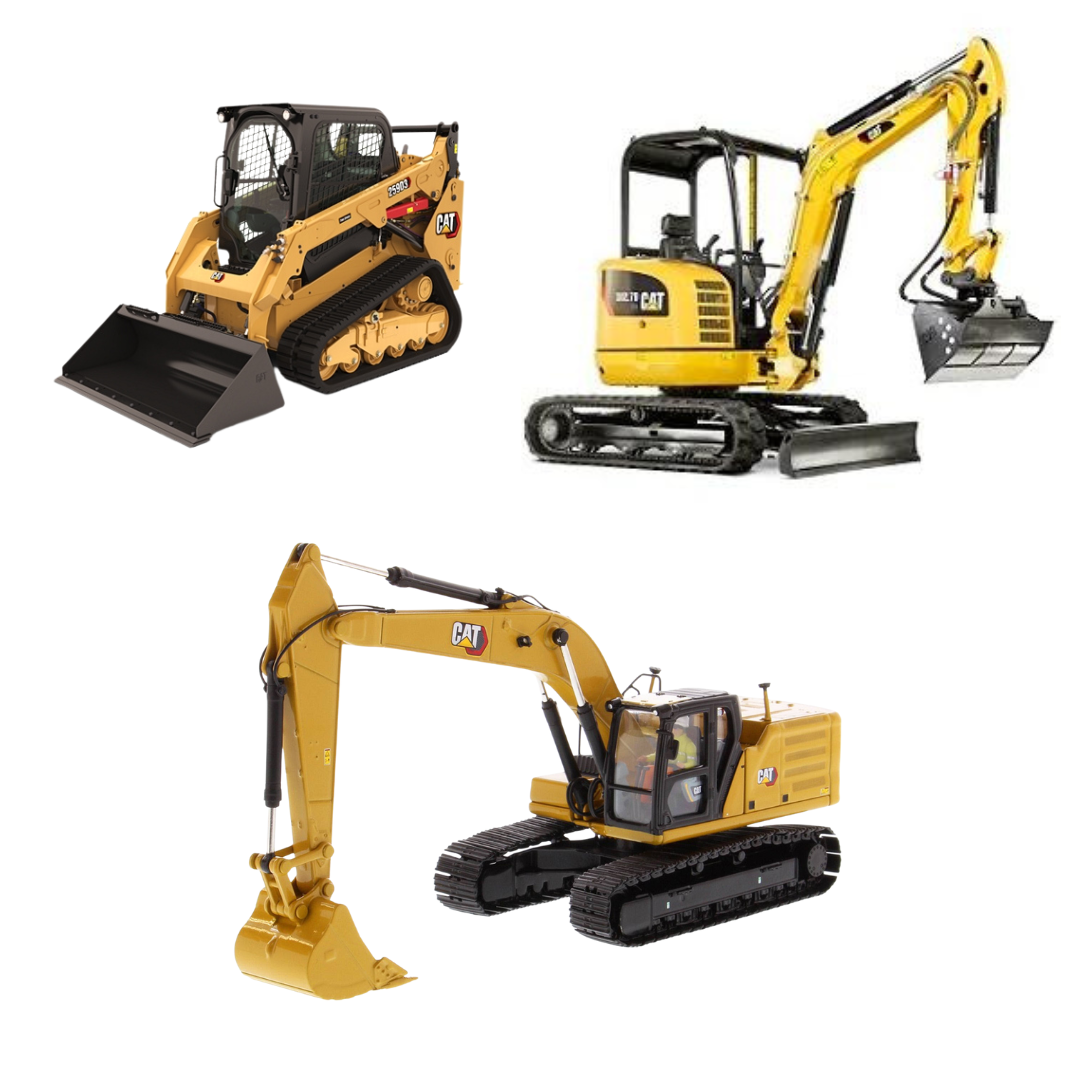Heavy Equipment Rental: Large Equipment for Any Kind Of Construction Task
Heavy Equipment Rental: Large Equipment for Any Kind Of Construction Task
Blog Article
Optimize Your Budget Plan by Comprehending the Expenses Linked With Construction Equipment Services
Recognizing the full scope of expenses connected with construction tools leasings is important for maximizing your spending plan. What methods can be employed to effectively take care of these prices and guarantee a much more reliable rental experience?
Introduction of Rental Costs
When considering building tools services, understanding the linked expenses is critical for reliable budgeting and project preparation. Rental prices can vary substantially based upon numerous aspects, including equipment type, period of service, and area. The first rental fee commonly shows the devices's market need and its connected operational capabilities, influencing the general expenditure.
Along with the base rental price, ancillary expenses may develop, such as transport fees, fuel additional charges, and maintenance costs. It is necessary to account for these added expenditures to precisely analyze the total price of renting out tools. The rental period can influence rates; longer rentals might certify for reduced prices, while short-term services may incur greater day-to-day charges.

Malfunction of Rental Prices
An extensive understanding of rental prices is essential for specialists and task supervisors intending to optimize their spending plans. Rental prices for construction tools generally include numerous parts, consisting of base rates, time-based fees, and usage charges.
Base prices are the core fees related to the leasing of the tools, typically determined by the kind and size of the machinery. These rates can differ substantially, affected by variables such as devices need, schedule, and local market fads. Time-based charges, which may be daily, weekly, or monthly, offer to fit different project timelines and rental periods.
Furthermore, rental rates may consist of usage fees, which apply when tools is used past a specified limit, ensuring that the rental firm can represent damage. Seasonal demand variations can likewise influence rental rates, with peak building seasons generally regulating higher prices.
Moreover, understanding the rental firm's plans pertaining to maintenance and insurance can supply more insight into the overall expense structure. By evaluating these elements, professionals can make educated decisions, ensuring the selection of rental devices aligns with both job needs and budget plan restraints.
Extra Fees to Take Into Consideration
Comprehending the intricacies of added fees is important for service providers to manage their overall service expenditures successfully. Past the basic rental prices, various supplemental fees can dramatically affect the total expense of devices service. These fees often consist of distribution and pickup fees, which can vary based on range and logistics associated with delivering the equipment to and from the work site.
In addition, some rental business might impose fuel surcharges if the tools is returned with much less fuel than when leased. It is additionally vital to recognize prospective cleansing fees, especially for specialized devices that requires thorough upkeep after usage.

Thoroughly evaluating the rental contract and making clear these extra fees ahead of time can help service providers ensure and stay clear of unexpected prices that budget plans stay undamaged throughout the project lifecycle.
Upkeep and Repair Expenses
Regular repair and maintenance expenditures are frequently neglected elements that can dramatically influence the general price of building and construction tools leasings. When renting tools, it is essential to take into consideration not only the rental charges yet additionally the potential expenses connected with keeping the machinery in ideal operating problem.
Several rental companies include standard maintenance as part of the rental agreement; nonetheless, a lot heavy duty lifting eyes more extensive repair services or unexpected malfunctions can bring about extra expenses. It's important to review the discover here rental contract very carefully to understand what maintenance solutions are covered and what duties fall on the occupant.
In addition, devices that is not well-kept can cause inefficiencies on the task website, potentially boosting and triggering delays task prices. To reduce these threats, it is recommended to conduct regular evaluations and maintain open interaction with the rental provider regarding any type of concerns that occur throughout usage.
Insurance Policy and Liability Prices
Insurance and obligation costs are vital elements that can dramatically affect the overall expense of construction devices services (rental company near me). These costs make sure that both the rental company and the client are shielded from potential financial losses developing from crashes, damage, or theft throughout the rental duration

In addition, clients should understand any deductibles or exclusions in the insurance plan, as these can affect prospective out-of-pocket expenses. Recognizing the terms of any kind of insurance policy coverage is essential to stay clear of unanticipated expenses. Ultimately, budgeting for insurance policy and responsibility costs can assist ensure a smoother rental experience and shield against monetary threats related to building projects.
Final Thought
In conclusion, an extensive understanding of the expenses associated with construction equipment services is necessary for reliable budget administration. Inevitably, informed decision-making concerning tools services adds to the total success of building and construction endeavors.
Rental costs can vary significantly based on several factors, consisting of equipment type, period of rental, and place (scissor lift rental). The rental duration can influence prices; longer rentals may certify for discounted prices, while short-term leasings may sustain higher day-to-day charges
By performing complete research study and engaging with reputable rental firms, contractors can properly navigate the intricacies of rental pricing, eventually optimizing their economic resources.
Beyond the common rental rates, numerous supplemental fees can substantially impact the overall price of equipment service. Rental companies typically give obligation insurance policy that covers injuries to third parties or damages to residential or commercial property, while equipment damages insurance can cover the price of fixings or replacement if the rented equipment is harmed.
Report this page